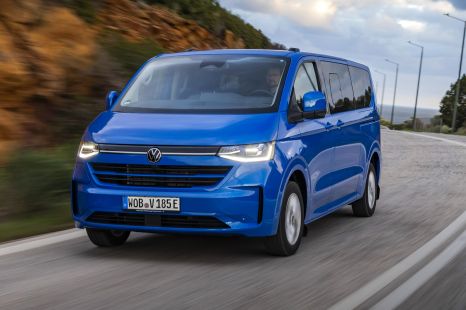

Dave Humphreys
2025 Volkswagen Transporter review: Quick drive
5 Months Ago

News Editor
The Hyundai iMax’s space-age replacement, the 2021 Hyundai Staria, touches down in the third quarter of 2021.
A load-lugging version called the Staria Load will arrive at the same time as a replacement for the iLoad.
An entry in the Australian Government’s Road Vehicle Certification System reveals the people-carrying Staria will come with eight seats and offer the option of all-wheel drive.
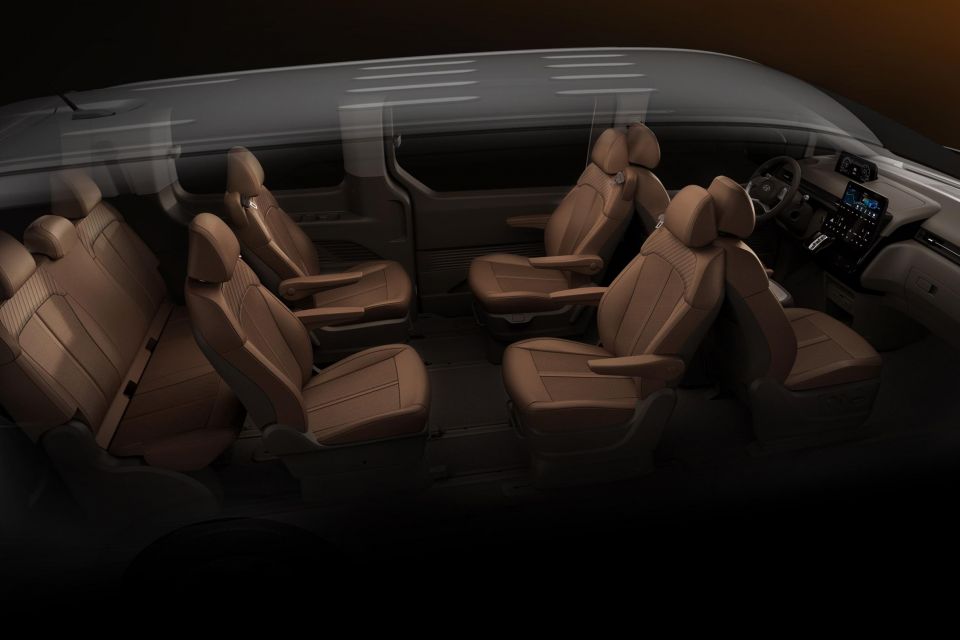
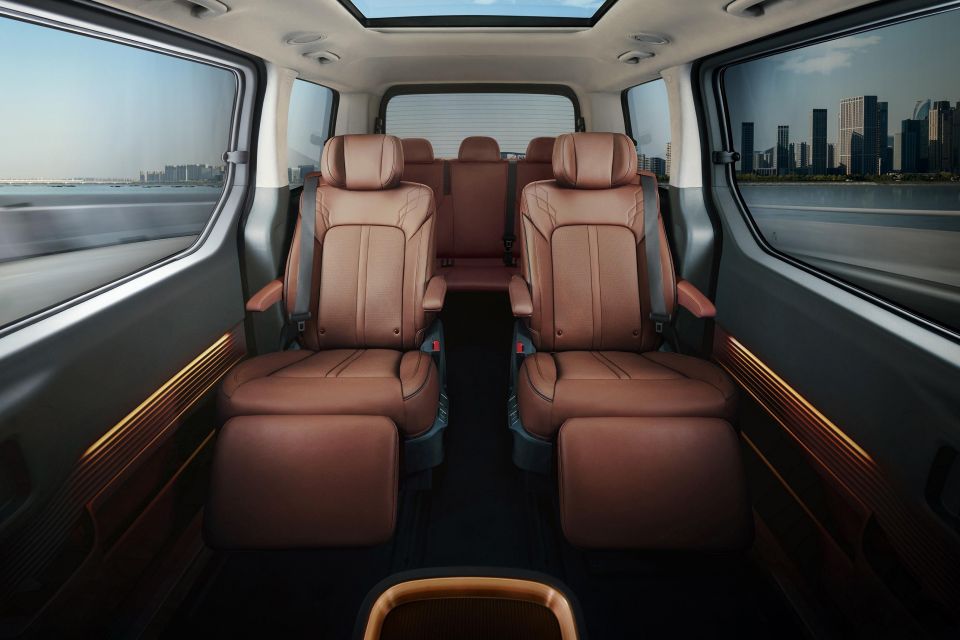
CarExpert understands Hyundai may eventually introduce seven- and nine-seat layouts, though it’s ruled out the 11-seat option available in Korea.
When the company revealed the top-spec Staria Premium earlier in 2021, it previewed a seven-seat interior with sliding and reclining second-row seats and said a nine-seat option with swivelling second-row seats would also be available.
All-wheel drive is expected to be available exclusively with the 2.2-litre turbo-diesel four-cylinder engine and not the naturally-aspirated 3.5-litre petrol V6.
That means it’ll be yet another Hyundai Motor Group product where the V6 engine is available only with front-wheel drive in Australia: see also the Hyundai Santa Fe and Palisade, and the Kia Sorento.
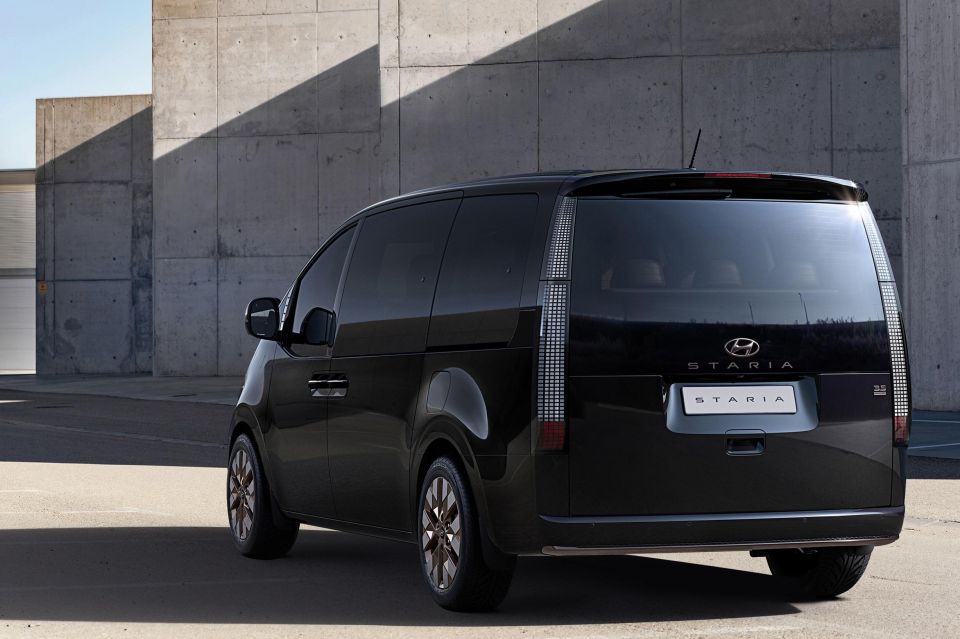
The 2.2-litre turbo-diesel has 130kW of power and 431Nm of torque, while the 3.5-litre petrol has 200kW of power and 331Nm of torque.
Both are mated to an eight-speed torque-converter automatic transmission, though a six-speed manual will be available with the diesel in the Staria Load.
The diesel’s outputs are down 18kW and 9Nm on the diesel in the Staria’s corporate cousin, the Kia Carnival, while the petrol’s outputs are down 16kW and 24Nm.
The presence of all-wheel drive, however, gives it a point of distinction from the similarly-sized Carnival, which is front-wheel drive-only.
The only other people mover to offer the option of all-wheel drive in Australia is the Volkswagen Multivan.
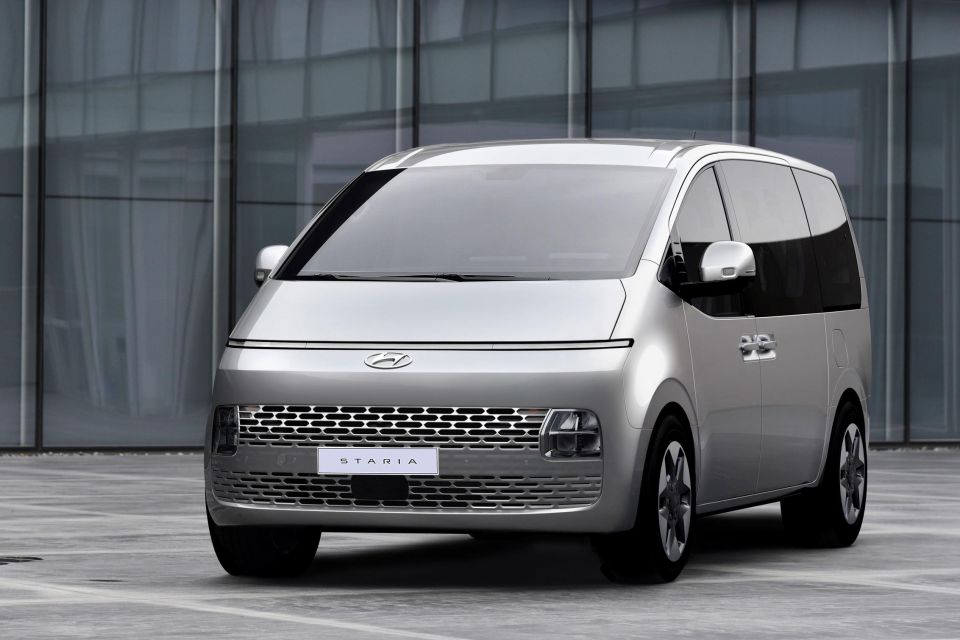
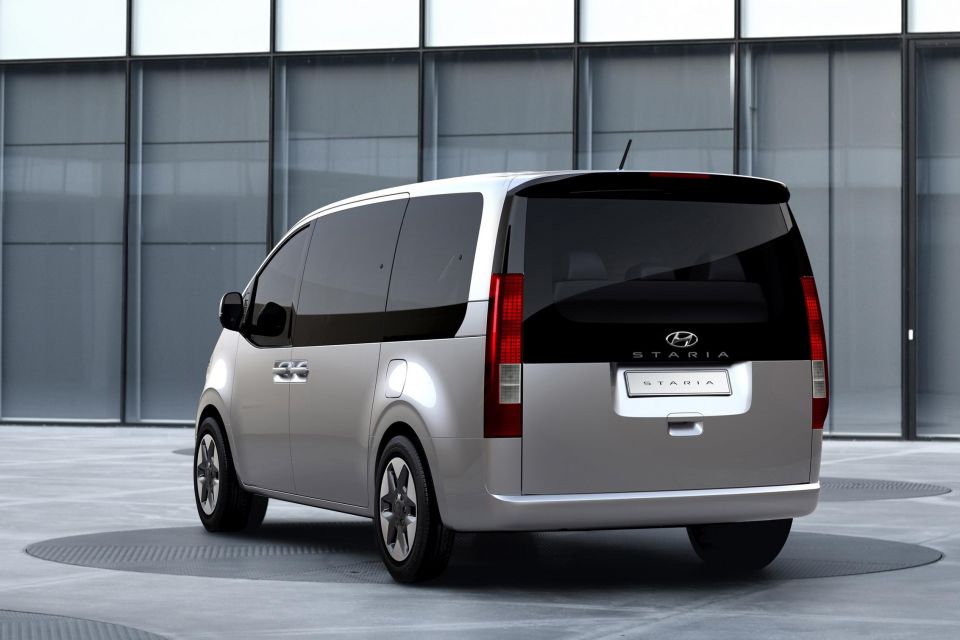
The outgoing iLoad and iMax both use a 2.5-litre turbo-diesel four-cylinder with 125kW and 441Nm, mated to a five-speed automatic transmission.
The front-wheel drive Staria has grown larger in every dimension than the rear-wheel drive iLoad and iMax.
It measures 5253mm long, 1997mm wide and 1990mm tall on a 3273mm wheelbase, and measures 97mm longer overall than a Carnival.
The iLoad and iMax, in contrast, are 5125mm long, 1920mm wide, 1925mm tall and span a 3200mm wheelbase.
Tare mass for the Staria is 2163kg with the V6 and 2201kg with the diesel, while braked towing capacity is 2500kg for both.
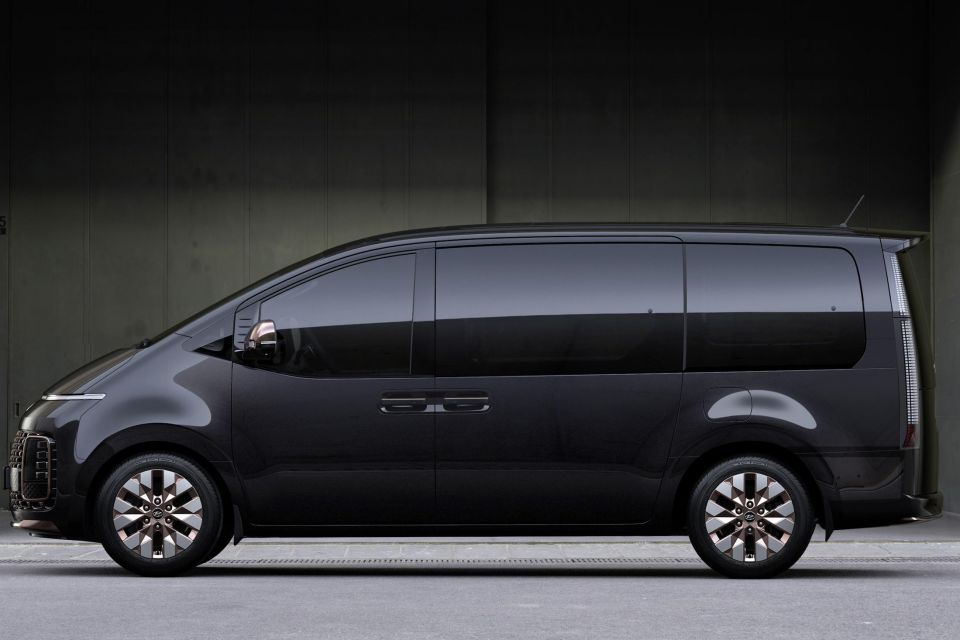
A choice of 17- or 18-inch alloy wheels will be offered.
Two models will be available in Australia: the Staria and Staria Premium.
The driver is faced with a 10.25-inch digital instrument cluster, along with a large touchscreen infotainment system and push-button gear shifter.
The standard rear seats fold flat to create a bed, turning the Staria into a camper or van-style load-lugger.
Seven airbags will be standard in Australia, along with a full range of active safety features such as autonomous emergency braking, lane-keeping assist, and adaptive cruise control.
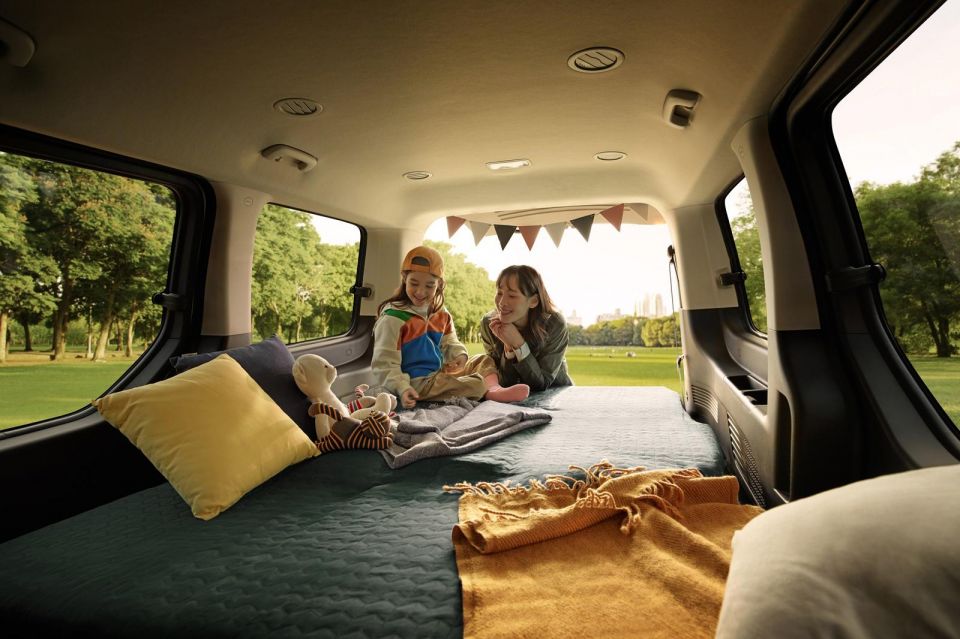
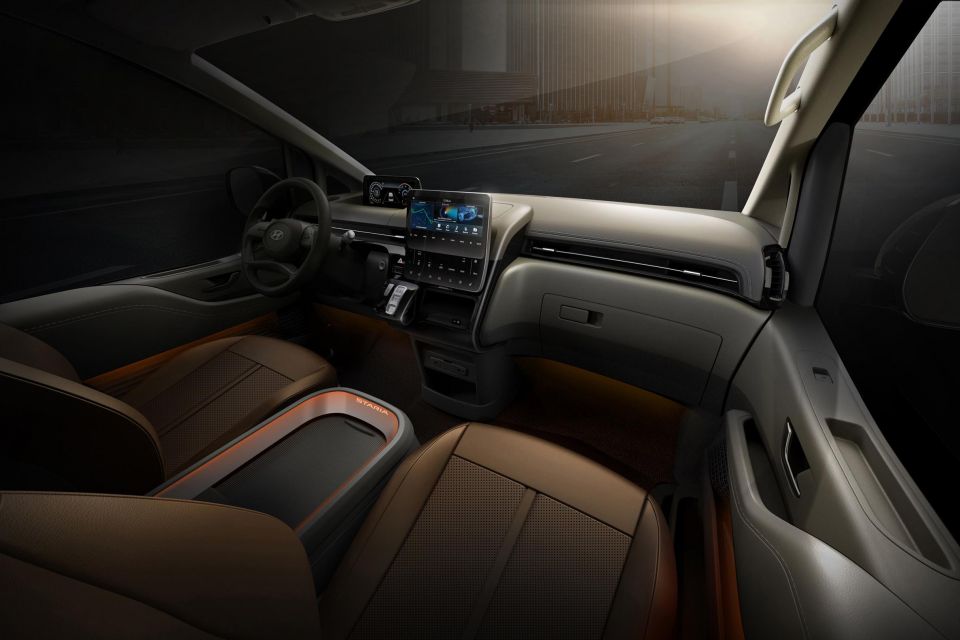
Driver Talk, which allows the driver to broadcast over the interior speakers to rear passengers like an airline captain, will be standard for talking to selectively deaf children in the rear seat.
Black, black and beige, and black and blue interiors will be offered in the Staria, at least in overseas markets. The Premium gains grey and brown, or grey and light grey two-tone options.
The dramatically-styled Staria will give Hyundai a fresh rival for the recently redesigned Carnival, which currently has a greater than 50 per cent share of the sub-$60k people mover segment.
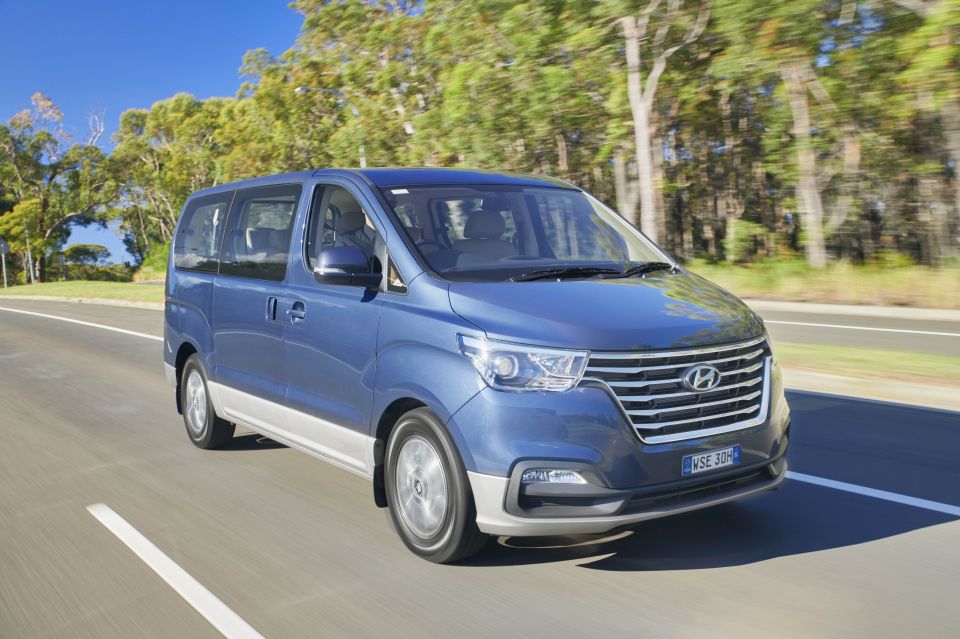
Hyundai sold 638 examples of its iMax in 2020, putting it at fourth in the segment behind the Carnival (3650), Honda Odyssey (1091) and LDV G10 Wagon (725).
Where expert car reviews meet expert car buying – CarExpert gives you trusted advice, personalised service and real savings on your next new car.
William Stopford is an automotive journalist based in Brisbane, Australia. William is a Business/Journalism graduate from the Queensland University of Technology who loves to travel, briefly lived in the US, and has a particular interest in the American car industry.


Dave Humphreys
5 Months Ago
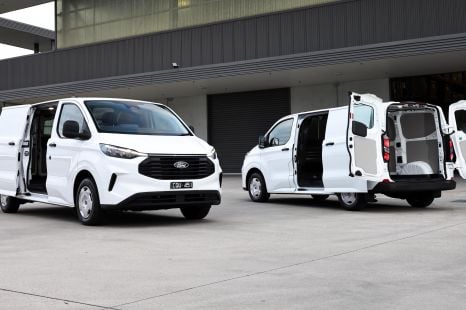

Max Davies
5 Months Ago


Josh Nevett
5 Months Ago
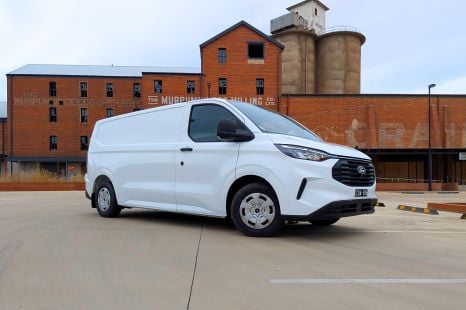

William Stopford
3 Months Ago
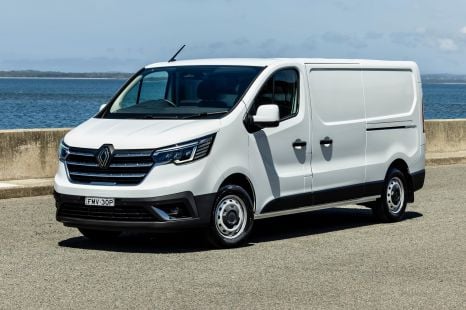

Max Davies
3 Months Ago
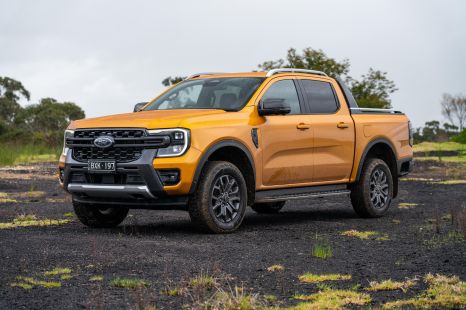

William Stopford
2 Months Ago